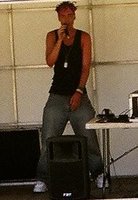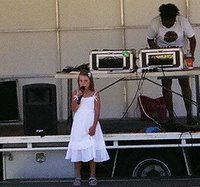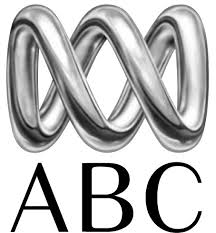
The unique Youth Rock the Block event, held in Redfern on October 14, 2006, has featured young performers from the community and elsewhere expressing their art and culture and raising money for a local women and children’s dance studio.

Foretelling the kind of creativity the dance studio promises to harness, the day included singing in the Indigenous Darug language, original dance pieces, renditions of well-known Aboriginal and non-Aboriginal pop songs, and hip-hop.
For the children of a community to hold a public event which welcomed attendance from all of Sydney not only showed their courage and pride but also made a powerful statement about what young people can do to challenge poor perceptions of their environment, and contribute to its redevelopment.
The event was an initiative of the Aboriginal Housing Company, in collaboration with Sydney rock band Andorra (who organised well-known adult performers and bands for the ‘May 06 Rock the Block event), and with great assistance from Vibe magazine/Deadly Awards founder Gavin Jones and crew.

The
Aboriginal Housing Company, which owns the Block, hopes to make ‘Youth Rock the Block’ a yearly event.
A video news story of the day will be available after October 27, 2006 at this
link.






















